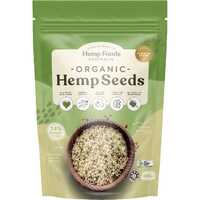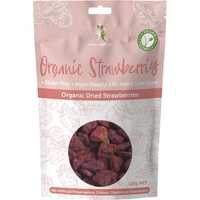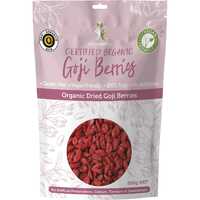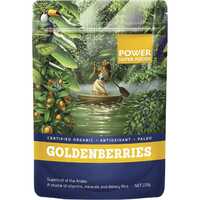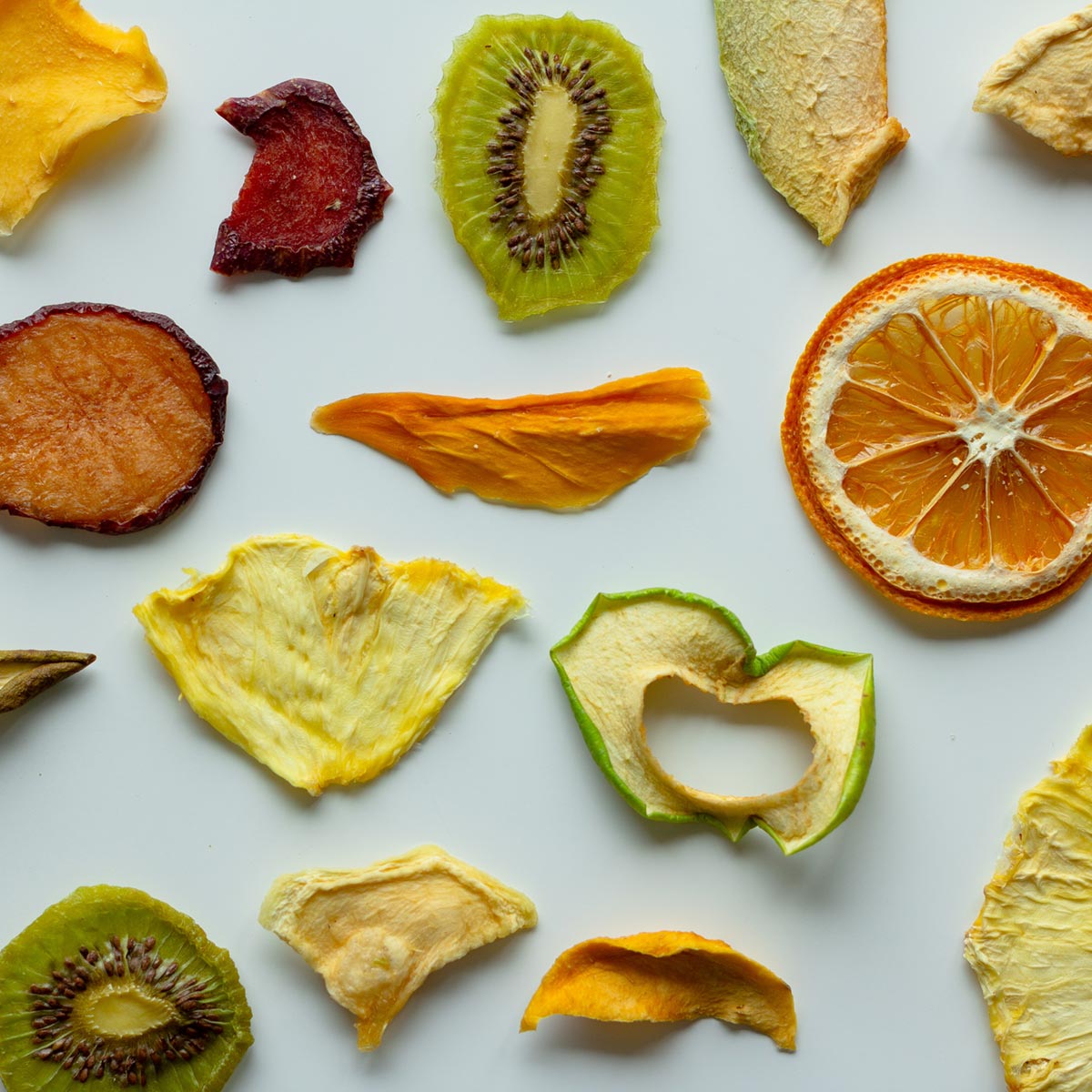Eating fruit is a great way to get vitamins, minerals, and fibre into your daily diet. Consuming enough fruit can be difficult, however, with the large size and unique taste of many making them hard to integrate and enjoy. Dried fruits are a great alternative, with the simple act of water removal making fruit easier to eat, transport, and store. Dried fruits pack lots of nutrition into a small and delicious package, which pretty much makes them the original superfood.
Let's take a detailed look at dried fruits. We'll review their rich history, look at their nutritional benefits, and list some of the most popular products on the market.
Fruits and Dried Fruits
Edible fruits have a long history of human consumption. In fact, many of the world's most beloved fruits are propagated in a symbiotic relationship through the movement of humans. Whether you're talking about apples, peaches, or grapes, fruits are the means by which flowering plants disseminate their seeds and continue their pattern of life. These fleshy structures come in many shapes and sizes, and they offer a variety of delicious sweet and sour tastes in their raw state.
Dried fruits are simply regular fruits with most of their water removed. Most fruits can be dried naturally over time, sun-dried in a controlled environment, or dried with special dryers or dehydrators. Humans have a long tradition of drying fruit, with many products long prized for their great taste, high nutritional value, and long shelf life. Dried fruits offer many of the same health benefits as fresh fruits, but they have a unique taste and are often easier to consume.
Raisins are the most popular of all dried fruits, followed by dates, prunes, figs, apricots, peaches, apples, and pears. Along with these conventional products, which are dried in the sun or air without additives, fruits like cranberries, blueberries, and mango are typically infused with a sweetener before drying. While dried fruits feature a similar nutritional profile to fresh fruits, the exact nutrient content is also influenced by the processing method.
A Short History of Dried Fruits
The dried seed-bearing structures of flowering plants have a long and fruitful relationship with humans. The use of these foods stretches back to the 4th millennium BC in Mesopotamia, with evidence of their cultivation also found in the Mediterranean region and across the Middle East. From Persia to Turkey to Egypt and beyond, fruit dehydration is one of the earliest and most important methods of food preservation. Traditional dried fruit products include raisins, figs, dates, apricots, and apples.
In fact, the consumption of dried fruits probably goes all the way back to ancient hunter-gatherers, who would have observed edible fallen fruits in dry climate conditions. However, the earliest evidence of dried fruit consumption comes from Mesopotamian tablets around 1500 BC. These clay slabs include actual recipes, where dried fruits were regularly mixed with breads in a traditional diet based on wheat, barley, and millet.
The date palm was one of the first cultivated trees in Mesopotamia, and figs were also prized in the Middle East and across Egypt. Grape cultivation began in Armenia, raisin production spread across Northern Africa, and dried fruits spread across Europe via Greece and Italy. Dried fruits were essential in ancient Roman homes, and around the same time, plums, apricots, and peaches were being dried and eaten in China and across Asia. In modern times, the consumption of dried fruits continues to increase as people learn of their great tastes and amazing health benefits.
How Are Dried Fruits Used?
Dried fruits are incredibly versatile, tasting great alone and easy to add to both sweet and savoury dishes. When eaten with nuts and seeds, they make a great snack at any time of the day. Dried fruits are especially great on the go, and unlike fresh fruits, they can be transported safely in bags and vehicles without suffering damage. Raisins and other dried fruit products can even be kept in your pocket, providing an instant energy hit wherever you go.
Dried fruits also work well in lots of recipes. From sweet morning cereals to healthy midday salads and savoury evening meals, there is a dried fruit product for any occasion. Some global cuisines depend heavily on dried fruits as central ingredients, including the celebrated tagine dishes of Morocco and the sauces and dips of Middle Eastern cultures. Dates and figs are an integral part of North African food, and apricots and apples are an established Mediterranean staple.
Along with being eaten alone and added to meals, dried fruits are regularly used in prepared food products. They add a variety of sensory and functional benefits to commercial foods, with their high-fibre content providing water-absorbing and binding capabilities along with nutritional enhancement. Dried fruits are a common ingredient in health bars, balls, and bites; and they're also used regularly in cereals, cakes, and breads.
Health Benefits of Dried Fruits
Dried fruits offer numerous benefits compared to fresh fruits. They're equal from a nutritional perspective, more practical in terms of transportation and storage, and much easier to preserve over time. While it changes slightly between products, a single piece of dried fruit contains roughly the same amount of nutrients as the fresh fruit it came from. However, because the vitamins, minerals, and fibre are condensed in a much smaller package, dried fruit is up to 3.5 times more efficient by weight.
Dried fruit products offer other significant advantages, especially when it comes to blood sugar levels and food preservation. Dried fruit has a low to moderate glycemic index (GI), which is a measure of how a food affects blood sugar levels. Along with lots of natural fibre content, the viscous texture, whole food matrix, and presence of phenolic compounds and organic acids help to influence this low GI figure.
Last but not least, dried fruits offer tremendous benefits in terms of food preservation. Traditionally, this was the primary reason why fruits were dried in the first place. Reducing the amount of water in fruits, either naturally or through technology, helps to prevent bacteria, yeast, and fungi. All drying techniques help to preserve fruits, but different methods affect the appearance, nutrient profile, and rehydration properties of fruits in their own unique way.
Popular Dried Fruits
Dried fruits have long been eaten by humans, with some products becoming increasingly popular over time. Raisins are the most common example, followed by dates, prunes, figs, and apricots. Thanks to modern drying techniques, we also have access to versatile superfood products like goji berries.
Raisins
Raisins are dried grapes, with these delicious tiny fruits having been eaten across the world for many centuries. Raisins are full of fibre, potassium, dietary minerals, riboflavin, vitamin B6, and various health-promoting plant compounds. Interestingly, what we call sultanas in Australia are also called raisins across most of the world.
Dates
Dates are a sweet and delicious dried fruit full of fibre, potassium, and iron, along with several plant compounds. While soft fresh dates can be eaten out of hand and added to sweet and savoury dishes, they're also dried and consumed as a healthy snack. Dates were originally domesticated in the Middle East, and they're central to many North African cuisines.
Prunes
Prunes are dehydrated plums, with this much-loved dried fruit mostly coming from the European plum. Prunes are 64% carbohydrates, and they also feature dietary fibre, protein, vitamin K, B vitamins, and dietary minerals. The sorbitol content in prunes is responsible for their laxative effect, which is a common reason for consumption, along with their delicious taste.
Figs
Figs are the edible fruit of Ficus carica, which is a small flowering plant native to the Mediterranean and western Asia. Figs are mostly produced in Turkey, Egypt, Morocco, and Algeria; and they're enjoyed all over the world. Figs contain carbohydrates, protein, dietary fibre, and manganese; and they have moderate amounts of other essential micronutrients.
Apricots
Dried apricots have become one of the most popular dried fruits in Western nations. Dried apricots feature vitamins A and C, potassium, beta-carotene, and lots of dietary fibre, along with health-promoting phytochemicals and minerals. While some producers add sulphites to dried apricots to make them more visually appealing, this preservative is not present in organic products.
Goji Berries
Goji berries are widely available in dried form, which makes them easy to consume with cereals, yogurt, or trail mixes. This popular superfood provides a rich source of fibre, protein, and antioxidants; and it also has lots of vitamin A, vitamin C, and iron. Goji berries can also be rehydrated, which makes them a great addition to smoothies, soups, and stir-fries.
So if you are looking for highly nutritious, delicious and convenient dried fruit snacks, check out our extensive range today. Shop now and enjoy free shipping options across Australia and worldwide delivery!


 Certified Organic
Certified Organic Vegan Friendly
Vegan Friendly  Vegetarian
Vegetarian Organic Ingredients
Organic Ingredients Dairy Free
Dairy Free Gluten Free
Gluten Free Keto Friendly
Keto Friendly
























